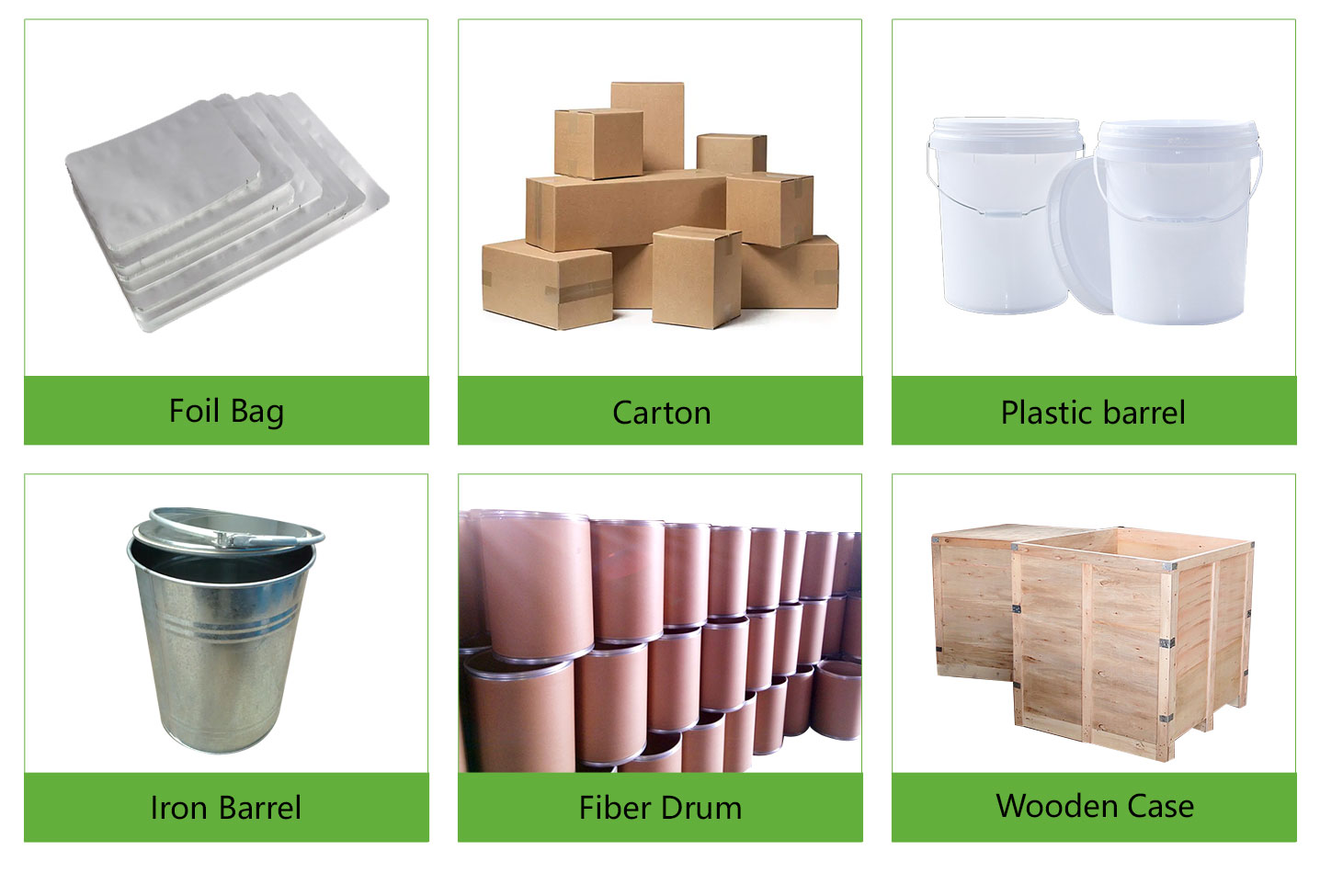| Product Name | Aerogel |
| Color | White |
| Brand | Trunnano |
| Appearance | Solide |
| Melting Point | 1300°C |
| Boiling Point | 2230°C |
Application of Aerogel :
1 Aerogel's slender nanoporous network structure, huge specific surface area, and controllable structure on the mesoscopic scale have become the best candidate materials for developing new low-density targets. It can realize rapid cooling of three-dimensional adiabatic expansion of plasma, improve the gain coefficient of x-ray laser generated by electron recombination mechanism, and use ultra-low density materials to adsorb nuclear fuel, which can constitute a high-gain cryogenic target for laser inertial confinement fusion.
2 It can effectively transmit sunlight and prevent the infrared heat radiation of the ambient temperature. It has become an ideal transparent heat insulation material and has been applied in solar energy utilization and building energy saving. Through doping, the radiation heat conduction of silicon airgel can be further reduced, and the thermal conductivity of carbon-doped airgel at normal temperature and pressure can be as low as 0.013w/m·K, the solid material with the lowest thermal conductivity. It is expected to replace polyurethane foam as a new refrigerator insulation material.
3 Silica aerogel is a material with an adjustable refractive index. Using airtel media with different densities as a Cerenkov threshold detector can determine the mass and energy of high-energy particles. Because high-speed particles can easily penetrate porous materials and gradually decelerate to achieve a "soft landing," if transparent aerogel is used to capture high-speed particles in space, the blocked and captured particles can be observed with the naked eye or a microscope.
Production Method of Aerogel :
Direct drying
The direct drying method is a commonly used method for preparing aerogel. The main process includes two stages: sol-gel and drying. First, the solid particles are dispersed in a solvent to form a sol, then the sol is dried under certain temperature and pressure conditions, and finally, the aerogel is obtained. During the drying process, the solvent in the sol evaporates while the solid particles gradually gather together to form a porous structure. The direct drying method has the advantages of a simple process and low cost and can prepare various types of aerogels, such as silicates, carbides, metal oxides, etc. However, the direct drying method also has some shortcomings, such as shrinkage and cracking in the drying process, which need to be further improved and perfected.
Supercritical fluid drying method
The supercritical fluid drying method is a relatively new preparation method for aerogel. The main process is to use supercritical fluid as the drying medium, control the phase change of solvent in the sol by adjusting the temperature and pressure and other parameters, and finally get aerogel. A supercritical fluid is a fluid in a special state above the critical temperature and pressure, with a density and diffusion coefficient between gas and liquid, effectively penetrating the solvent in the sol and making it evaporate rapidly. The advantages of supercritical fluid drying are fast drying speed, short preparation period, and complete structure, and excellent performance of aerogel can be obtained. However, the supercritical fluid drying method requires high-pressure equipment, the process is difficult, and the cost is high.
Chemical vapor deposition
Chemical Vapor deposition is an often employed method to make aerogel. Its main process is to introduce the reaction gas into the reactor, and by controlling the reaction conditions such as temperature, pressure, the concentration of the reaction substance, and other parameters, the reaction gas will chemically react on the surface of the solid particles and gradually deposit and finally get the aerogel. The advantages of chemical vapor deposition are high purity, controllable structure, and excellent performance of the prepared aerogel. However, the chemical vapor deposition process is more complex, and the reaction conditions are difficult to control, requiring high or low-temperature equipment.
Physical vapor deposition
Physical vapor deposition is a commonly used method for preparing aerogel. The main process is to suspend solid particles in a gas. By controlling temperature, pressure, and other parameters, the solid particles undergo physical changes in the gas and gradually gather together to form a porous structure and finally obtain aerogel. The advantages of physical vapor deposition are high purity, controllable structure, and excellent performance of the prepared aerogel. However, the physical vapor deposition process is more complex and requires high vacuum equipment and other auxiliary equipment.
Template method
The template method is a commonly used method for preparing aerogel. The main process is to immerse solid particles or polymer solution into the porous template. By controlling parameters such as impregnation time and temperature, the solid particles or polymer solution can undergo physical and chemical changes in the template, fill the pores of the template, and finally obtain aerogel. The advantage of the template method is that aerogel with complex shapes and structures can be prepared, the process is relatively simple, and the cost is low. However, the template method has a long preparation cycle and requires many raw materials, such as templates and fillers.

Luoyang Tongrun Nano Technology Co. Ltd. (TRUNNANO) is a trusted global chemical material supplier & manufacturer with over 12 years of experience in providing super high-quality chemicals and Nanomaterials, including boride powder, nitride powder, graphite powder, sulfide powder, 3D printing powder, etc.
If you are looking for high-quality aerogel, please feel free to contact us and send an inquiry. ([email protected])